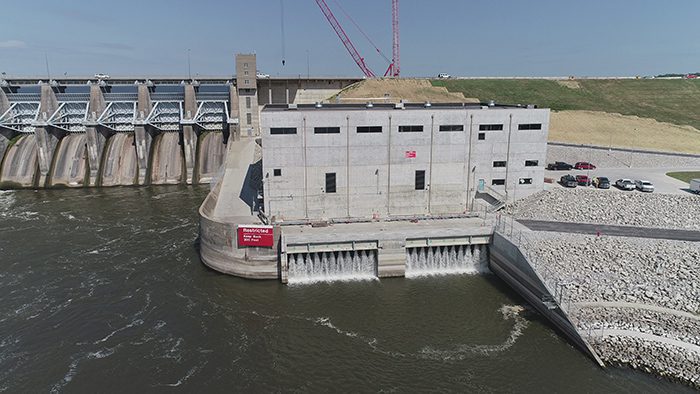Experts Say Hydropower Needs to Double by 2050 to Meet Climate Goals
Credit to Author: Aaron Larson| Date: Thu, 28 Jul 2022 14:42:50 +0000

Global installed hydropower capacity rose by 26 GW in 2021 to 1,360 GW, but that’s far short of the progress needed to achieve the world’s climate change mitigation goals.
“We know that to keep climate change below 2°C, or the more challenging 1.5°C net zero target, we will need to see a huge increase in low-carbon electricity generation,” it says in the “2022 Hydropower Status Report” released earlier this month by the International Hydropower Association (IHA). “We are falling short of the development needed to make net zero goals a reality. We need to build around 30 GW a year to keep on track to the 2°C target, and around 45 GW for the more ambitious net zero 1.5°C target. Over the last five years growth has averaged only 22 GW per year, and more than half of this has been in China,” it says.
During an IHA webinar focused on the world outlook for hydropower held on July 28, experts agreed that a doubling of hydropower capacity is needed over the next 30 years to achieve net zero goals. Yasmina Abdelilah, an energy analyst in the Renewable Energy division at the International Energy Agency (IEA), said electricity demand could increase by 2.5 times in 2050 compared to today’s level as more transportation and heating systems are electrified between now and then. “While a majority of that needs to come from solar PV and wind, hydropower will play a major role as a third-largest source of electricity generation in 2050,” she said.
But the IEA says hydropower does more than just provide a major source of low-carbon electricity, it also contributes greatly to system flexibility. “Today, hydropower is one of the world’s largest sources of system flexibility, on par with coal and natural gas,” Abdelilah said. “It does this by being a dispatchable source of power, but also by providing really necessary ancillary good services and storage across multiple timescales.”
By 2050, Abdelilah expects that role to be even more important. “We’re going to need about four times as much capacity to integrate the rising shares of PV and wind … and hydropower will play a major role—that being the largest source of dispatchable power,” she said.
Yet, rather than seeing new hydropower projects ramping up, the IEA expects a slowdown in coming years. “What we found when we look over the next nine years is a slowdown in hydropower growth over the next decade compared to the last two decades,” Abdelilah said. “The reason for that is that we’re seeing a contraction in development in major markets that were previously growing. The first is in China. We see a slowdown due to concerns over the environmental and social impacts, also less economically attractive sites.” The IEA also expects a slowdown in countries such as Brazil and Turkey, among others.
Still, Alex Campbell, head of Research and Policy with the IHA, said there are plenty of viable sites around the world to meet the needed growth in hydropower. “We’ve looked at the scientific evidence, we’ve looked at the reports that have been done by a huge number of analysts and researchers, and what’s clear is there is still significant amount of potential out there,” he said. “There are many parts of the world—in Asia, in Africa, in the Americas—where there is a huge amount of potential, more than enough for us to hit those targets so hydropower can play its really important role in hitting net zero.”
Abdelilah presented seven policy recommendations that the IEA believes could help spur growth in hydropower. The suggestions were:
- Move hydropower up the energy and climate policy agenda.
- Enforce robust sustainability standards for all hydropower development with streamlined rules and regulations.
- Recognize the critical role of hydropower for electricity security and reflect its value through remuneration mechanisms.
- Maximize the flexibility capabilities of existing hydropower plants through measures to incentivize their modernization.
- Support the expansion of pumped storage hydropower.
- Mobilize affordable financing for sustainable hydropower development in developing economies.
- Take steps to ensure that the value of the multiple public benefits provided by hydropower plants is priced in.
“The 2022 Hydropower Status Report is a stark wakeup call to governments around the world that we are falling short of the progress that is needed,” IHA President Roger Gill and IHA Chief Executive Eddie Rich wrote in the report’s foreword. “We have the technology to achieve net zero and the knowledge to deliver it sustainably. All that’s needed is the political will to make it happen.”
—Aaron Larson is POWER’s executive editor (@AaronL_Power, @POWERmagazine).
The post Experts Say Hydropower Needs to Double by 2050 to Meet Climate Goals appeared first on POWER Magazine.